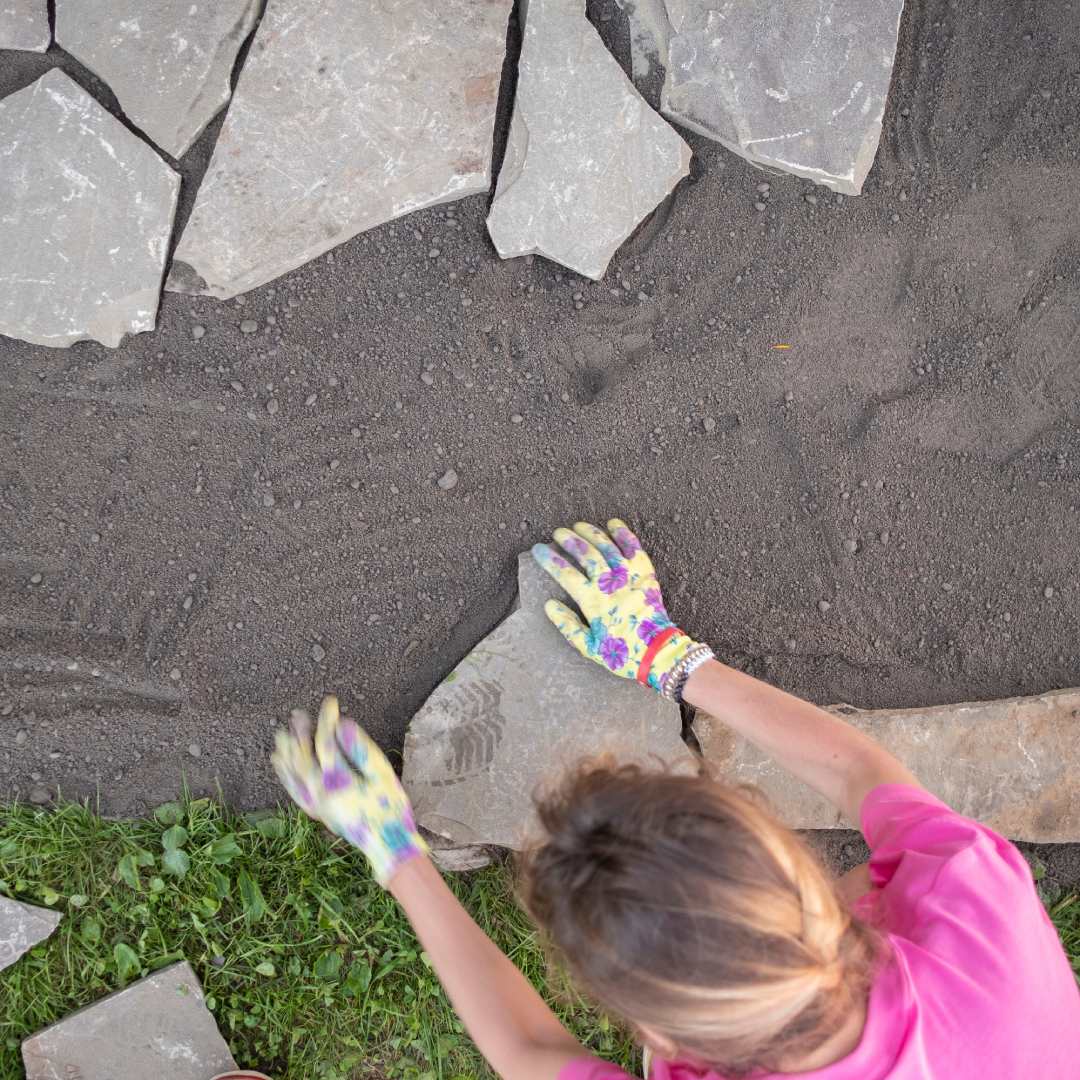Landscaping your yard can be one of the most rewarding home improvement projects, transforming an ordinary space into a stunning oasis. Whether you’re a homeowner looking to boost curb appeal, a DIY enthusiast eager for a hands-on project, or a garden lover wanting to create a personal retreat, understanding the key steps for a successful landscaping project is essential.
With these best practices, you’ll have the knowledge and confidence to create a beautiful and functional outdoor space that reflects your style and meets your needs.
1. Understanding the Importance of Planning
Before you start digging, proper planning sets the foundation for a successful landscaping project. Consider your goals, think about how you want to use the space, and assess the existing conditions of your yard. Note the soil type, sun exposure, and any drainage issues. Creating a detailed site plan can help you visualize the changes and ensure everything fits together seamlessly.
Planning also includes budgeting. Determine how much you’re willing to spend on your landscaping project. This will help you prioritize tasks and avoid overspending. Remember, a well-thought-out plan saves time and money in the long run.
2. Designing for Functionality
A functional landscape design enhances the usability of your outdoor space. Start by creating zones for different activities. For example, designate areas for dining, playing, and gardening. Use hardscaping elements like patios, pathways, and retaining walls to define these spaces and improve accessibility.
Lighting is another crucial aspect of functional design. Well-placed lighting not only enhances the beauty of your landscape but also improves safety. Consider installing pathway lights, spotlights for focal points, and ambient lighting for seating areas. Solar-powered lights are an eco-friendly option that reduces energy costs.
3. Considering DIY vs. Professional Landscaping
When it comes to landscaping, you have the option to tackle the project yourself (DIY) or hire a professional landscaper. Each approach has its pros and cons, depending on your specific needs, budget, and expertise. One of the most significant advantages of DIY landscaping is the cost savings. When you manage the project, you can work at your own pace and make adjustments as you go, which can be particularly beneficial for homeowners with changing schedules.
On the other hand, hiring a professional can save you a significant amount of time. They have the workforce and tools to complete the project efficiently and within a specified timeline. There are a few things to know when choosing a landscape designer, so do your research beforehand to ensure you get the results you want.
4. Performing Seasonal Maintenance and Care
Regular maintenance is essential for a thriving landscape. Create a seasonal checklist to keep track of tasks like pruning, fertilizing, and pest control. Prune shrubs and trees during their dormant season to promote healthy growth and maintain their shape. Fertilize your plants according to their specific needs and monitor for pests and diseases.
Winter care is also crucial for maintaining your landscape. Protect sensitive plants with mulch, burlap, or frost blankets. Drain and store irrigation systems to prevent freezing and damage. Taking these steps ensures your landscape remains healthy and vibrant year-round.
Create an Outdoor Space You Can Cherish
Transforming your yard through a successful landscaping project is an exciting and rewarding endeavor. By following these key steps, you can create a beautiful, functional, and sustainable outdoor space.

